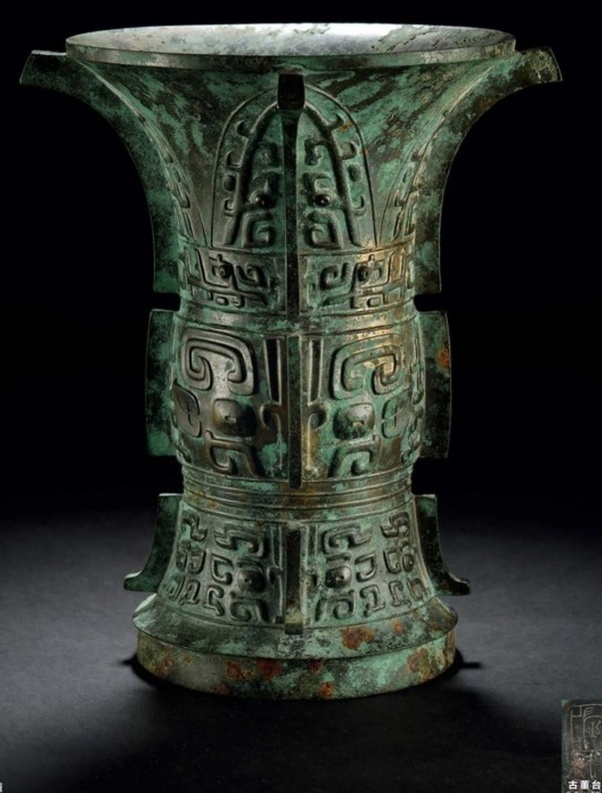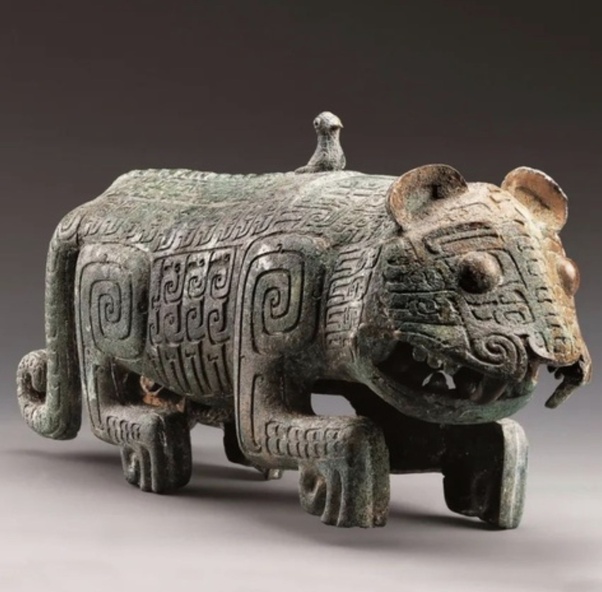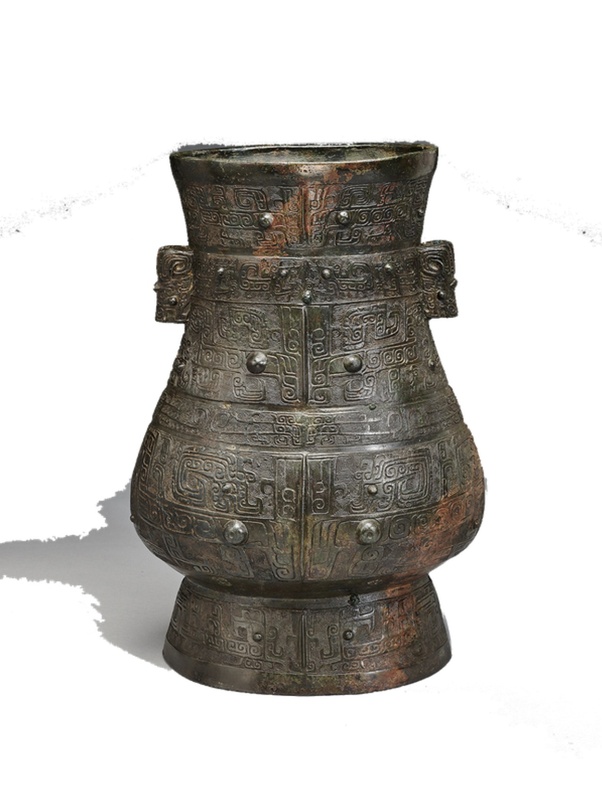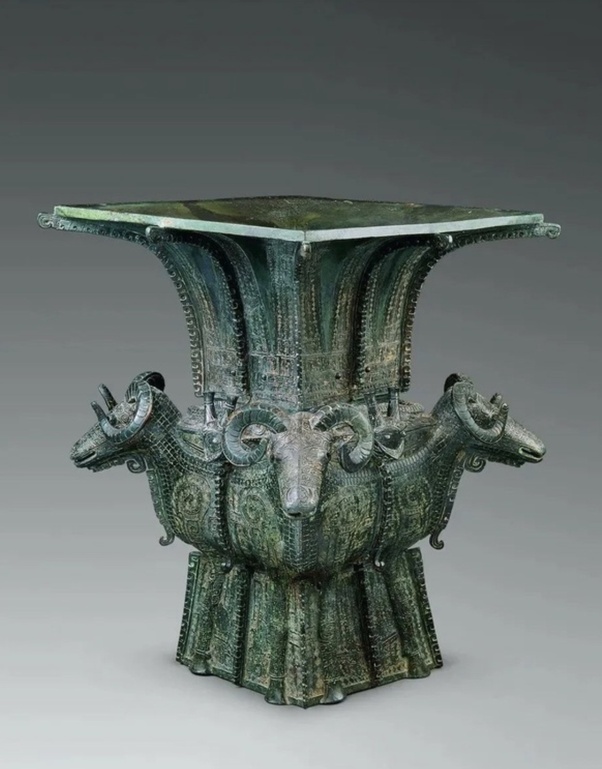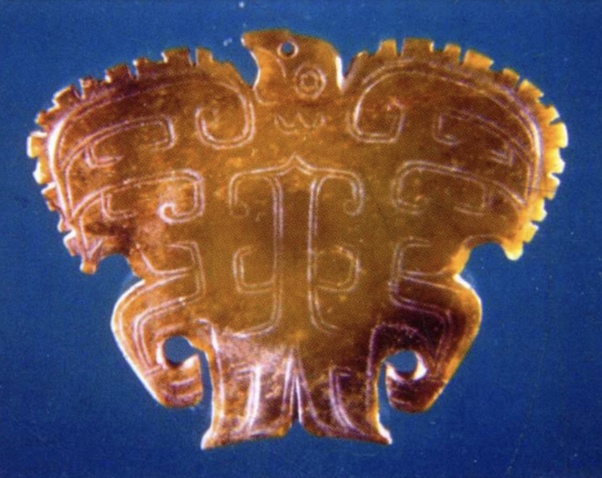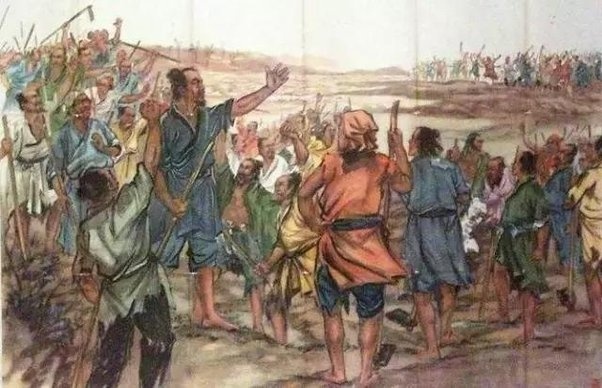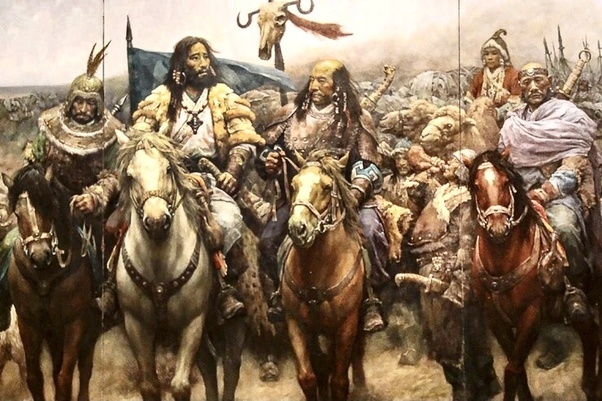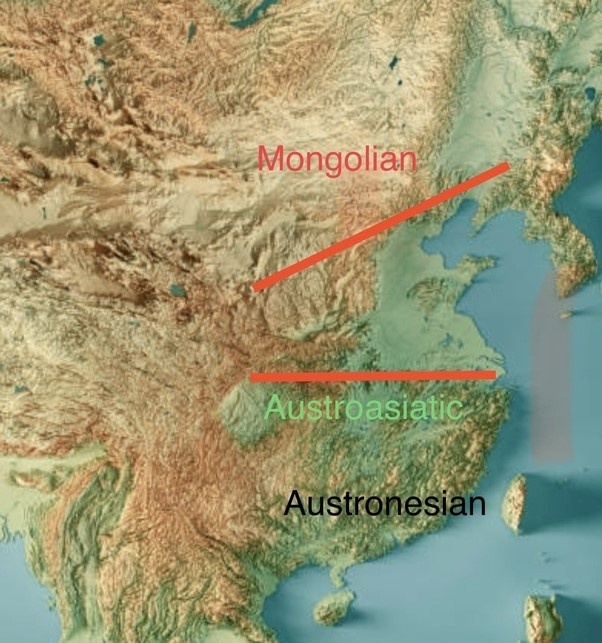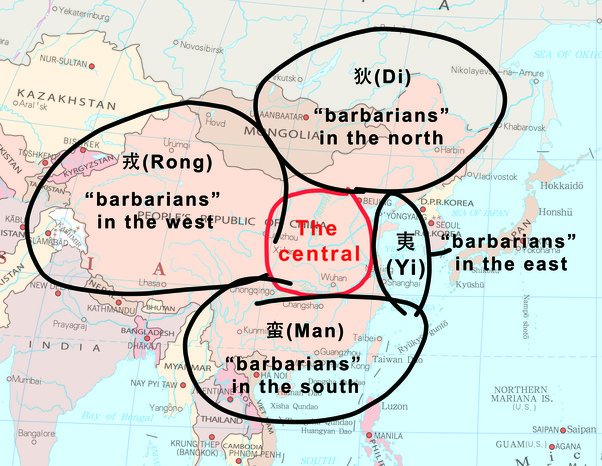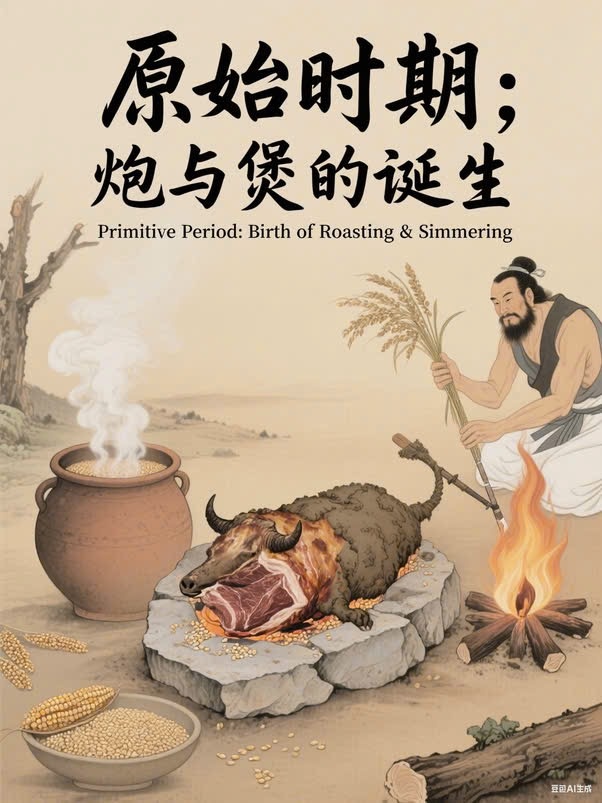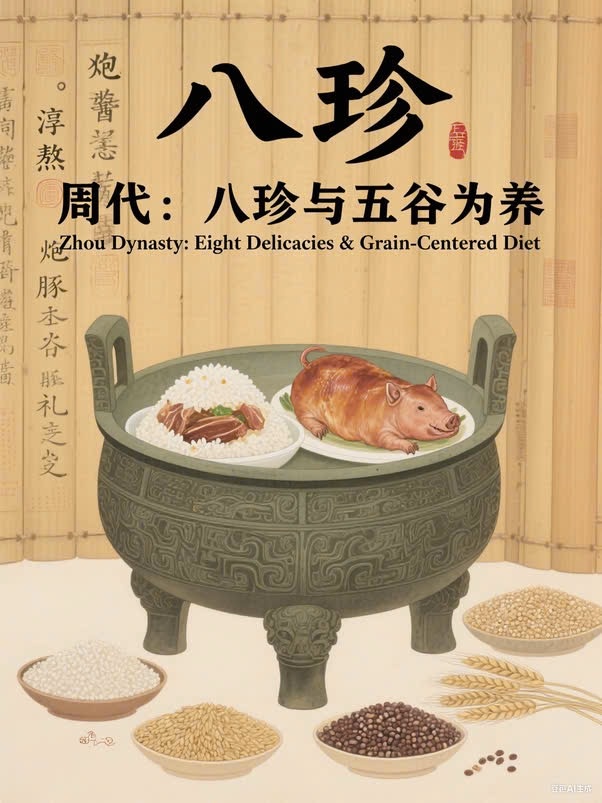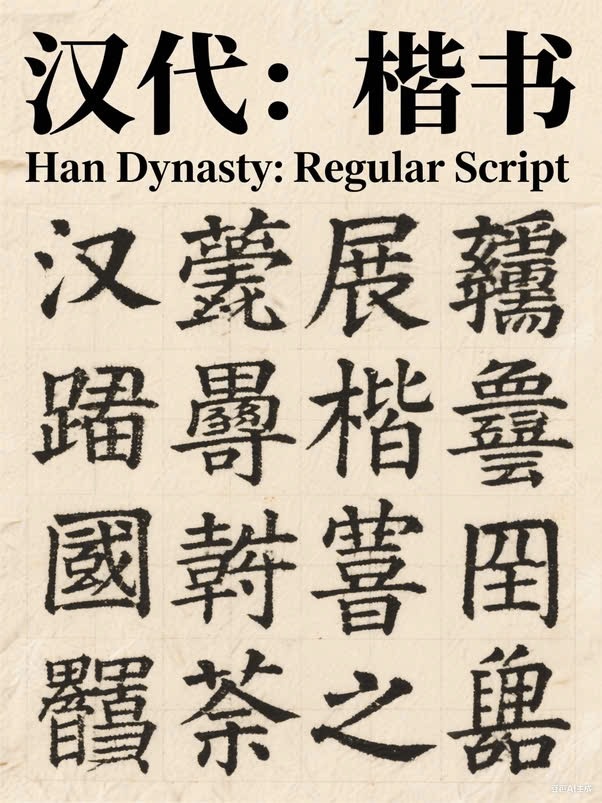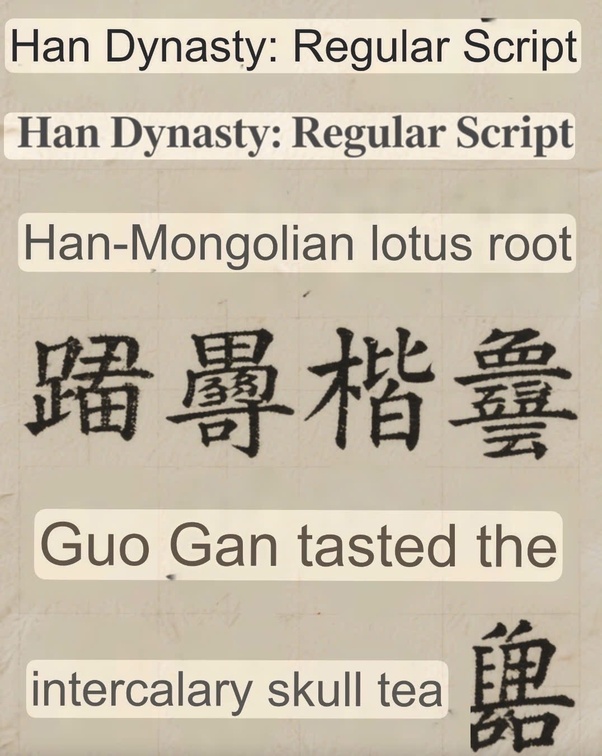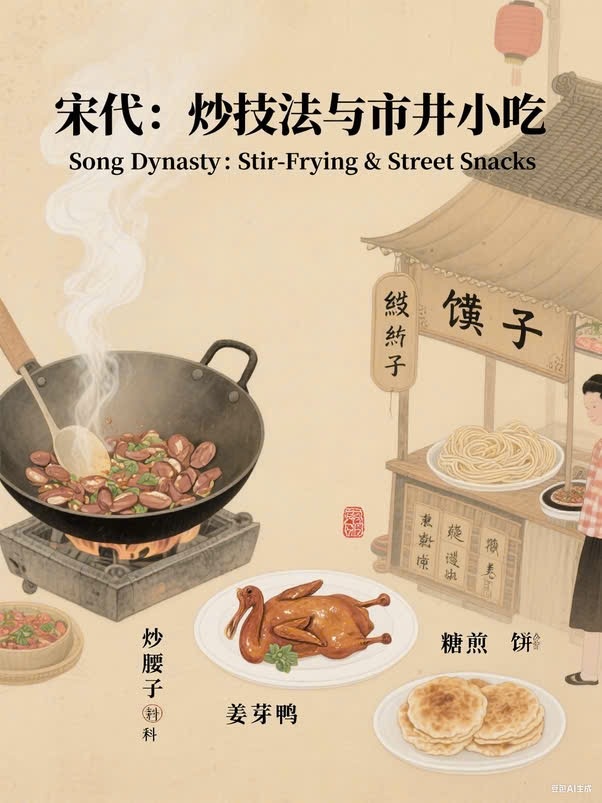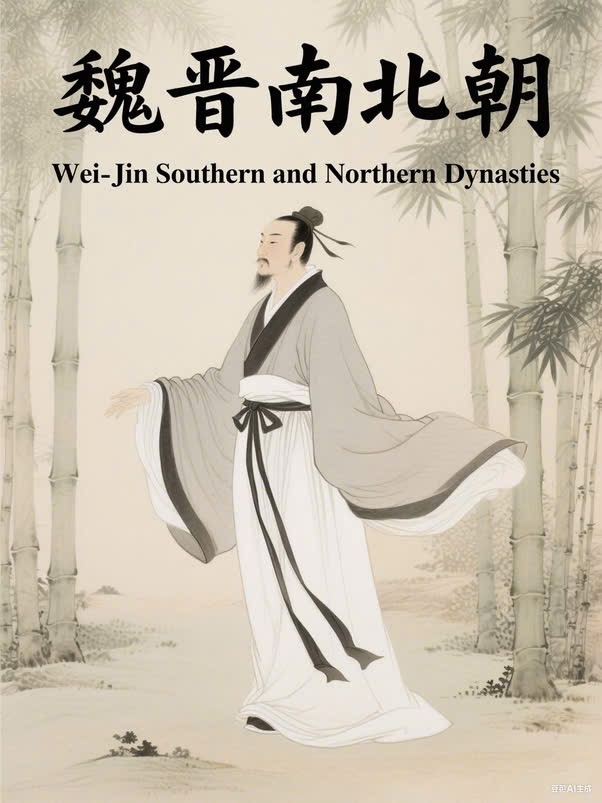When someone asks what language Chinese people speak? The locals will answer: I speak Beijing (Mandarin_Jurzhen) or Cantonese-Cantonese, Hakka (Hakka-He), Hokkien (Fujian)…
Give them a newspaper, everyone can understand the content, but when read aloud, no one can understand each other. When talking to each other, no one can understand each other. But when given an ancient Chinese book, for example Han Shu, Lu Shi Chun Qiu… they can read it, but they can’t understand much, because ancient Chinese books are written in Wenyan, which is very different from today’s Chinese.
To determine exactly what language was spoken in each period? It is necessary to consider the history of that period and the ancient texts of that period, the current evidence to strengthen the evidence. Requires the joint research of linguists and dedicated researchers. The current situation before talking about the change of language, you must determine:
– The historical changes at that time
– The ethnic groups using that language
– The geographical areas using that language
– The languages that affected
History of Chinese Language:
The history of Chinese language can be divided into six periods:
1. Shang Dynasty Xianbei Chinese.
2. Zhou Dynasty Austroasiatic Chinese.
3. Classical Chinese Mongol language (Xianbei language) Qin – Han – Sui Dynasty.
4. Tang – Song Dynasty Tunggus language in Middle Ages.
5. Yuan – Ming Dynasty Tunggus language in Middle Ages.
6. Manchu Qing Dynasty Tunggus language in Modern Chinese – Present
Dynasties of the Xianbei Ethnic Group:
Shang, Qin, Han, Northern Wei, Sui… Xianbei language is a branch of the Mongolian language group. Xianbei language has a long history of development, the oldest, which historians often call ancient Chinese.
The question is: What language did ancient China speak in ancient times? Through research on the remains buried on a hill. Archaeologists found 900 ancient remains around the slope of the hill. Most importantly, at the top of the hill, in an ancient tomb believed to be the king of the Shang Dynasty, there were 2 skeletons in the coffin with Xianbei characteristics. The Shang Dynasty was the dynasty of the Xianbei people, the eastern capital was in the land of Yin Ruins.
The Shang Dynasty (商朝_1766 BC–1122 BC) was the eastern capital in the land of n Khu. The main ancient historical capital of China. It is the source of the archaeological discovery of oracle bones and oracle bone inscriptions, which identified the earliest written Chinese characters. The archaeological remains known as n Khu represent the ancient city, the last capital of the Shang Dynasty (also known as n Dynasty) which existed for 8 generations for 255 years with 12 kings. n Khu was discovered or possibly rediscovered in 1899. It is now one of the oldest and largest archaeological sites in China and has been recognized by UNESCO as a World Heritage Site. It is located in northern Henan Province, near the modern city of Anyang, close to the border of Hebei and Shanxi Provinces. The Shang people probably spoke the Xianbei language for six centuries, as scientists classify the language as: Xianbei Chinese (Shang Dynasty (18th–12th century BC)
The Zhou Dynasty was likely an Austroasiatic dynasty. They spoke the ancient Chinese language (Zhou and Han Dynasty (206 BC – 220 AD). They spoke the language of the people of southern China, so I will not mention it here.
The Qin Dynasty is also famous for standardizing many aspects of Chinese culture, including the writing system. The writing used during this period was a form of seal script, which later evolved into more standardized characters used in subsequent dynasties. The Qin Dynasty played an important role in the development of the Chinese language and writing system.
Learn about Xianbei language:
Xianbei language is a small branch of the Mongol language group. Xianbei language has a long history of development, from (7th century BC – 700 AD). Therefore, Xianbei language left the most inscriptions and documents. Many scholars and thinkers were in this period. The policies of the Qin Dynasty brought Xianbei language and seal script to the highest peak and the Han Dynasty maintained and developed it, until the Sui Dynasty it was almost completed and no longer adjusted. It was used continuously for 14 centuries, until the Tang Dynasty was established, Xianbei language was no longer the national language. It was replaced by the Tunggus language of Central Asia.
Characteristics of Xianbei language:
Phonology: Xianbei language has a rich phonetic system, including diverse vowels and consonants. These phonemes can have clear differences between sub-languages. m-site → Morpheme → Word → Sentence. Each level has its own unit, for example: morpheme in lexicology, lexeme in vocabulary, sentence-site in syntax. Characteristics of m-site: m-site is a one-sided unit, lacking the expressed aspect. It can only be understood in relation to other units in the language.
Grammar: Xianbei languages usually have simple grammatical structures, with the subject-verb-object (SVO) word order being common. However, some languages in this group may have variations in word order. This language is very evident in literary works, often used in novels, ancient literature before the Tang Dynasty.
Vocabulary: The vocabulary of Xianbei languages has many common root words, but there are also significant differences between sub-languages due to the influence of other languages and independent development. The Old Chinese vocabulary already contained many words that do not occur commonly in other Sino-Tibetan languages. The words for ‘honey’ and ‘lion’, and perhaps also for ‘horse’, ‘dog’ and ‘goose’, are related to Indo-European and were acquired through trade and early contact. (The closest known Indo-European languages are Tocharian and Sogdian, an intermediate Iranian language.) Some words have Austroasiatic cognates and indicate early contact with the ancestral languages of Muong-Vietnamese and Mon-Khmer—for example, the name of the Yangtze River, *kruŋ, is still the word for ‘river’—Kɔŋ in Cantonese, jiang in modern Standard Chinese, and pronounced kroŋ and kloŋ in some modern Mon-Khmer languages. The words for ‘tiger’, ‘ivory’ and ‘crossbow’ are also Austroasiatic. The names of the major terms in the Chinese calendar (“branches”) also have this same non-Chinese origin. It is thought that many of the cultural words that Chinese and Thai share are Chinese loanwords from Thai. Clearly, the Chinese adopted many cultural aspects and many concepts from the South Asian and South Thai peoples whom they gradually conquered, assimilated, or expelled. From the 1st century AD, China’s contact with India, especially through the adoption of Buddhism, led to Chinese borrowings from the Indo-Aryan (Indic) languages, but, very soon, native Chinese equivalents were invented. The Han languages are remarkably resistant to direct borrowing of foreign words. In modern times, this has led to a significant increase in Chinese vocabulary without a corresponding increase in the number of basic meaningful syllables. For example, tielu ‘railway’ is based on the same concept expressed in French chemin de fer , using tie ‘iron’ and lu ‘road’; similarly, dianhua ‘telephone’ is a compound of dian ‘lightning, electricity’ and hua ‘speech’. Several such words were first created in Japanese through Chinese elements and then borrowed back into Chinese. The reason China avoids introducing foreign words is primarily phonetic; such words are very inconsistent with the pronunciation patterns of Chinese. A contributing factor is the Chinese script, which is not well adapted to the process of phonetic borrowing. In the process of creating new words for new ideas, sometimes pre-determined characters and forms arise that cannot be said without ambiguity (‘sulfur’ and ‘lutecium’ merged into liu , ‘nitrogen’ and ‘tantalum’ into dan ). Number system: Xianbei languages can have a rich number system, with different expressions for singular, plural, and indefinite numbers.
Local variation: Languages in the Xianbei group often have many local variations, leading to differences in pronunciation, vocabulary, and grammar.
Adjectives and adverbs: Adjectives and adverbs are often used to describe characteristics and states, and they can be formed from different roots.
Cultural influence: Xianbei languages reflect not only the structure of the language, but also the cultural and historical influences of the peoples who speak it.
The Xianbei language is an interesting field of study in linguistics, helping us better understand the development and change of languages over time. Although the Xianbei language was replaced during the Tang Dynasty, there are so many written documents and cultural heritages from this period that it is worth our time to study.
